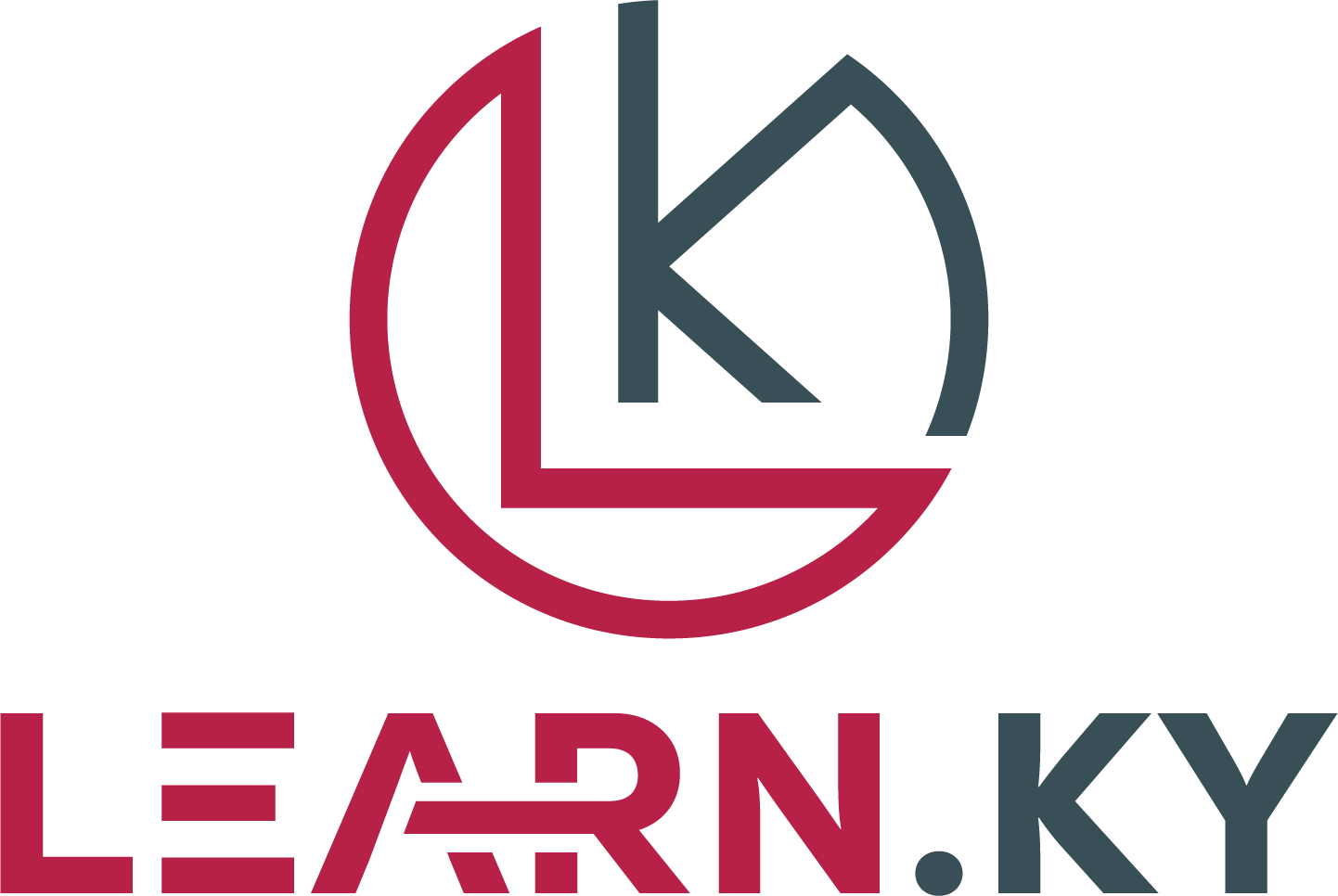Spatial computing, also known as immersive computing or XR (extended reality), is revolutionizing the manufacturing industry by unlocking new potential for productivity, efficiency, and innovation. This cutting-edge technology integrates the physical and digital worlds, enabling manufacturers to streamline processes, improve quality, and optimize resources like never before. In this article, we will delve into the evolution of spatial computing in manufacturing, exploring its benefits, applications, and future implications.
The Benefits of Spatial Computing in Manufacturing:
One of the key advantages of spatial computing in manufacturing is its ability to enhance collaboration and communication among teams. By creating immersive virtual environments, spatial computing enables stakeholders to interact with digital models of products and processes in real-time, fostering better decision-making and problem-solving. This not only speeds up the design and prototyping phases but also ensures that all stakeholders are on the same page, reducing errors and rework.
Furthermore, spatial computing enables manufacturers to optimize factory layouts and workflows by simulating different scenarios and identifying bottlenecks or inefficiencies. By visualizing production lines in 3D, manufacturers can make informed decisions about resource allocation, machine placement, and process optimization, leading to increased productivity and cost savings. This level of visibility and control is invaluable in today’s fast-paced manufacturing environment, where margins are tight and competition is fierce.
Another key benefit of spatial computing in manufacturing is its potential to enhance training and skills development. By creating immersive training simulations, manufacturers can upskill their workforce more effectively, reducing the time and resources required for traditional training methods. This not only improves employee satisfaction and retention but also ensures that workers are better prepared to operate complex machinery and perform tasks with precision.
Applications of Spatial Computing in Manufacturing:
The applications of spatial computing in manufacturing are vast and diverse, spanning across various areas such as design, prototyping, production, maintenance, and training. For example, automotive manufacturers are using spatial computing to design and prototype new vehicles, allowing engineers to visualize complex assemblies and test different configurations before they are physically built. This not only speeds up the design process but also reduces the likelihood of costly design errors.
In the aerospace industry, spatial computing is being used to optimize production processes and improve supply chain management. By simulating factory layouts and production flows, manufacturers can identify opportunities for automation, reduce waste, and enhance overall efficiency. This has significant implications for the aerospace industry, where precision and quality are paramount, and any improvements in production processes can have a tangible impact on profitability.
Furthermore, spatial computing is transforming maintenance practices in manufacturing by enabling predictive maintenance and remote diagnostics. By equipping machinery with sensors and AR/VR capabilities, manufacturers can monitor equipment health in real-time, identify potential issues before they occur, and troubleshoot problems remotely. This proactive approach to maintenance not only reduces downtime and maintenance costs but also prolongs the lifespan of equipment, enhancing overall operational efficiency.
Future Implications of Spatial Computing in Manufacturing:
As spatial computing continues to evolve, its impact on the manufacturing industry is expected to grow exponentially. With advancements in technologies such as AI, IoT, and 5G, manufacturers will have access to even more powerful tools for optimizing processes, enhancing collaboration, and improving decision-making. The convergence of these technologies will enable manufacturers to create truly smart factories that are capable of autonomous operation, predictive maintenance, and real-time optimization.
Moreover, the rise of digital twins – virtual replicas of physical assets and processes – will enable manufacturers to test and simulate different scenarios in a risk-free environment, leading to faster innovation and better outcomes. By integrating digital twins with spatial computing technologies, manufacturers can gain unprecedented visibility and control over their operations, enabling them to adapt quickly to changing market demands and optimize their performance.
In conclusion, the evolution of spatial computing in manufacturing holds immense potential for revolutionizing the industry and driving significant improvements in productivity, efficiency, and innovation. By leveraging immersive technologies to enhance collaboration, optimize processes, and empower employees, manufacturers can stay ahead of the curve and secure a competitive edge in today’s fast-paced market. As spatial computing continues to evolve, manufacturers must embrace these technologies and explore new ways to leverage them for sustainable growth and success.










